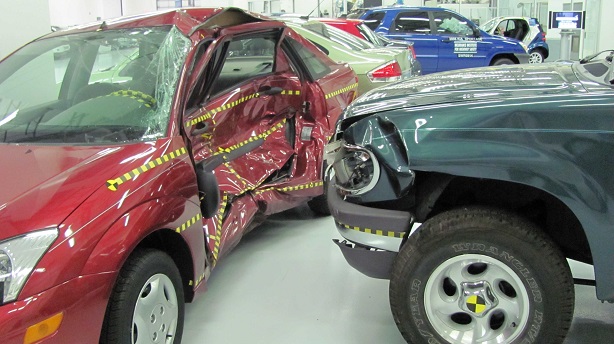<h2 style="text-align: justify"></h2>
<p style="text-align: justify">Despite the great care that many manufacturers put into developing and distributing a safe and reliable product, sometimes the product is unsafe in the hands of consumers. Often times, an unsafe produce may be recalled from store shelves, but before a recall is issued somebody will inevitably get hurt due to these issues. Sometimes the injury is minor, other times this injury could be severe and life-threatening and result in expensive medical bills. When seeking legal restitution for injuries caused by a manufacturer defect, it is important to know what type of defect it was that led to your injury. Product liability cases tend to be lumped into three major categories: design defects, manufacturing defects, and defects in marketing.</p>
<h2 style="text-align: justify"><strong>Design Defect Cases</strong></h2>
<p style="text-align: justify">A design defect case refers to a case where a product is inherently dangerous as a result of the design. Because the defect exists in the design, this means every product of the line that is manufactured to specifications will be defective in the same way. An example of a defect in design would be if the brakes of a specific make and model of vehicle were prone to giving out due to the plans calling for cheaper materials to be used in the vehicle’s construction. This would be a defect in design because every vehicle of that make and model would carry with it the same defect, and discovery of a defect of this type is one of the things that may prompt a manufacturer recall and could very easily result in a class-action lawsuit.</p>
<h2 style="text-align: justify"><strong>Manufacturing Defects</strong></h2>
<p style="text-align: justify">A manufacturing defect refers to a case where a specific example of a product is found to be defective due to a mistake made in the manufacturing process. This sort of defect is not inherent to the design, and can be traced to a breakdown in one of the machines used to make the parts, human error, damage in shipping, or any number of causes. To continue with the example of a defective brake: say the defect wasn’t caused by substandard materials. Say a worker fails to install a critical component that must be installed by hand, and this failure results in the brakes giving out at a critical moment. Only the vehicle he worked on would carry this defect, and thus the flaw is considered to be a manufacturing defect. These will often impact only a few consumers, and are hard to identify because it depends on the manufacturing process failing in an unexpected way. This is why quality control is so important – catching these defects early could mean the difference between a cheap, behind-the-scenes correction and a potentially harmful, even life-threatening situation for the consumer (and of course, a costly lawsuit against the company).</p>
<h2 style="text-align: justify"><strong>Defects in Marketing</strong></h2>
<p style="text-align: justify">A marketing defect pertains to a failure of the manufacturer to warn the consumer about the inherent danger in a product. Cancer-causing cigarettes, mirrors distorting the distance of other vehicles, and yes, even the temperature of your morning cup of coffee, are all legally considered an ‘inherent danger’ to a given product. The liability that stems from a defect in marketing is the primary reason why we see warning labels everywhere, even in cases that appear to be “common sense”. It should be noted this comes from a danger inherent to the product itself that cannot be reasonably mitigated. To continue the analogy of a vehicle with defective brakes: say after 100,000 miles the brakes on the given vehicle need to be replaced to mitigate the risk of brake failure. This comes from estimated wear and tear over time from normal use. A failure to include this fact in the user’s manual would be considered a marketing defect, and thus holds the manufacturer liable if an operator’s brakes give out.</p>
<h3 style="text-align: justify"><strong>Conclusion</strong></h3>
<p style="text-align: justify">Knowing what kind of defective product case you are facing is important in knowing the best way to pursue legal action against a manufacturer. This is not just important in determining how the manufacturer was liable and how it resulted in your injury, but also for others seeking justice. In any defective product case, there is a chance that others could be at risk as well, and knowing where and how the defect occurred will not only help others in their own cases, but also help prevent others from suffering the same fate.</p>
<h4 style="text-align: justify"><em><strong>Sources:</strong></em></h4>
<h4 style="text-align: justify"><em>Cornell Law<br />
</em></h4>
<h4 style="text-align: justify"><em>NOLO</em></h4>
<p style="text-align: justify">This article was written by Brennen Kliffmueller. Brennen hold a dual degree in politcal science and criminal justice and has a passion for consumer rights. He is currently a professional content creator for www.Heil-Law.com. To view more of his work, visit his Google+.</p>

Why All Defective Product Cases Aren’t The Same
